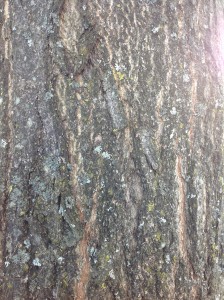How does the small state of Vermont lead the country in maple sugar production with competitors the size of Wisconsin and New York?
Maple sugaring is an ancient method of extracting sugar from the Sugar Maple Tree, taught to the early colonial settlers by the native Americans. The art of sugaring has been practiced and perfected on family farms for generations.
But Vermonters, with their Yankee ingenuity, are not satisfied by continuing the tradition in the ways of their forefathers. Vermont sugarmakers are embracing the latest technologies in producing maple syrup to get the most out of a very short and unpredictable season. Through research at the University of Vermont’s Proctor Maple Research Center, the collection of sap from the sugarbush has greatly improved in quantity as well as the continued qualitative improvement and preservation of the sugarbush. With technological advances in the design of evaporating equipment from Leader Evaporator in Swanton, Vermont, turning that sap into syrup has become more efficient.
In this short educational documentary I will walk you through the sugaring process and how it has improved over the last couple of decades.
Created using a trial version of Adobe Premier Pro. First Published May 6, 2013.



